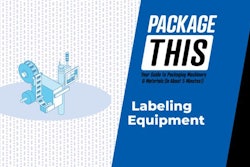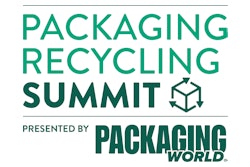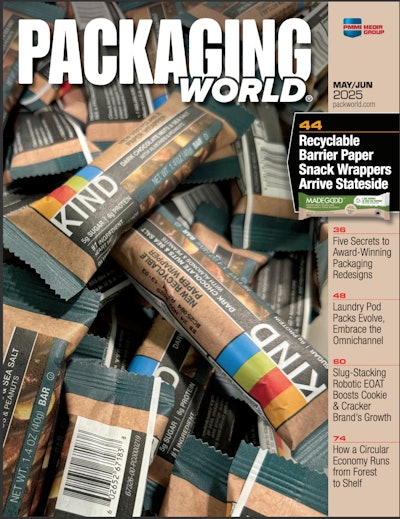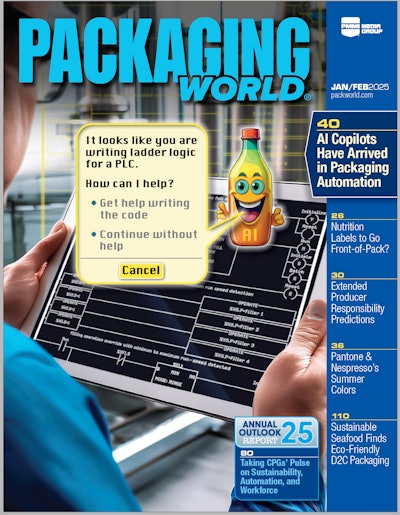They have targeted phthalates and BPA, both prominent packaging chemicals.
It’s clear that these are not merely symbolic changes. You can expect things to happen quickly, with EPA promising its actions by December and work apparently already underway to further tighten the law’s requirements.
EPA administrator Lisa P. Jackson gave a speech in late September in which she complained about the limitations of the Toxic Substances Control Act, the 1976 law intended to control exposures to chemicals. According to the text of the speech, she said that law has “been proven an inadequate tool for providing the protection against chemical risks that the public rightfully expects.”
She said makers of chemicals are not required to develop safety and exposure data. She also said the law gives EPA tools to require testing, but they are “cumbersome and time-consuming,” so there are gaps in safety data about chemicals in commerce, she added.
In a sometimes forceful address that emphasized her commitment to relying on science, she listed the principles that will guide her work to change the law and make more demands on chemical makers. In what industry has to count as a victory, she also explicitly noted that while children are exposed to more chemicals than before, “some chemicals may be risk-free at the levels we are seeing.” But she said increased public concern about chemicals has people turning to government for “assurance that chemicals have been assessed using the best available science, and that unacceptable risks haven’t been ignored.”
She also cited new scientific evidence that she says raises concerns that are different from those recognized when the law was passed in the 1970s. She specifically named “chemicals from fast food packaging,” and she also referred to “Bisphenol A, or BPA—a chemical that can affect brain development and has been linked to obesity and cancer—is in baby bottles;” and said “phthalate esters—which have been said to affect reproductive development—are in our medical devices.”
The principles EPA and Congress will use to guide their changes to the law are listed in the accompanying box. They include significant new burdens on industry to produce safety data about the chemicals they make, and they make clear that EPA won’t be shy about taking action against potentially unsafe substances.
EPA also announced it is putting in place a number of requirements for increased reporting on nanoscale chemical materials.
As a first step, EPA listed several chemicals that will be the subject of “Chemical Action Plans” to look at available information about the chemicals and outline the attendant risks and EPA’s steps to address them, which might include labeling, restriction, and banning of chemicals. EPA expects to publish the first such plans in December.
It said its initial list of chemicals for such evaluation include phthalates and BPA, and also:
• Benzidine dyes and pigments
• Penta, octa, and decabromodiphenyl ethers (PBDEs) in products
• Perfluorinated chemicals
• Short-chain chlorinated paraffins
You gotta believe EPA is being influenced by the EU’s notorious REACH law, [Registration, Evaluation, Authorization, and restriction of CHemical substances], which has companies who market chemical substances in Europe scrambling to generate exposure and safety data.
Interestingly, administrator Jackson says some of what EPA is doing has the support of chemical industry members, who’d rather deal with a single, clear federal requirement than multiple state requirements, which have emerged to some degree. And she says even those states who have addressed some of these issues would rather EPA do it.
Eric can be reached at [email protected],
and visit his firm’s Web site at www.ericfgreenbergpc.com.


























